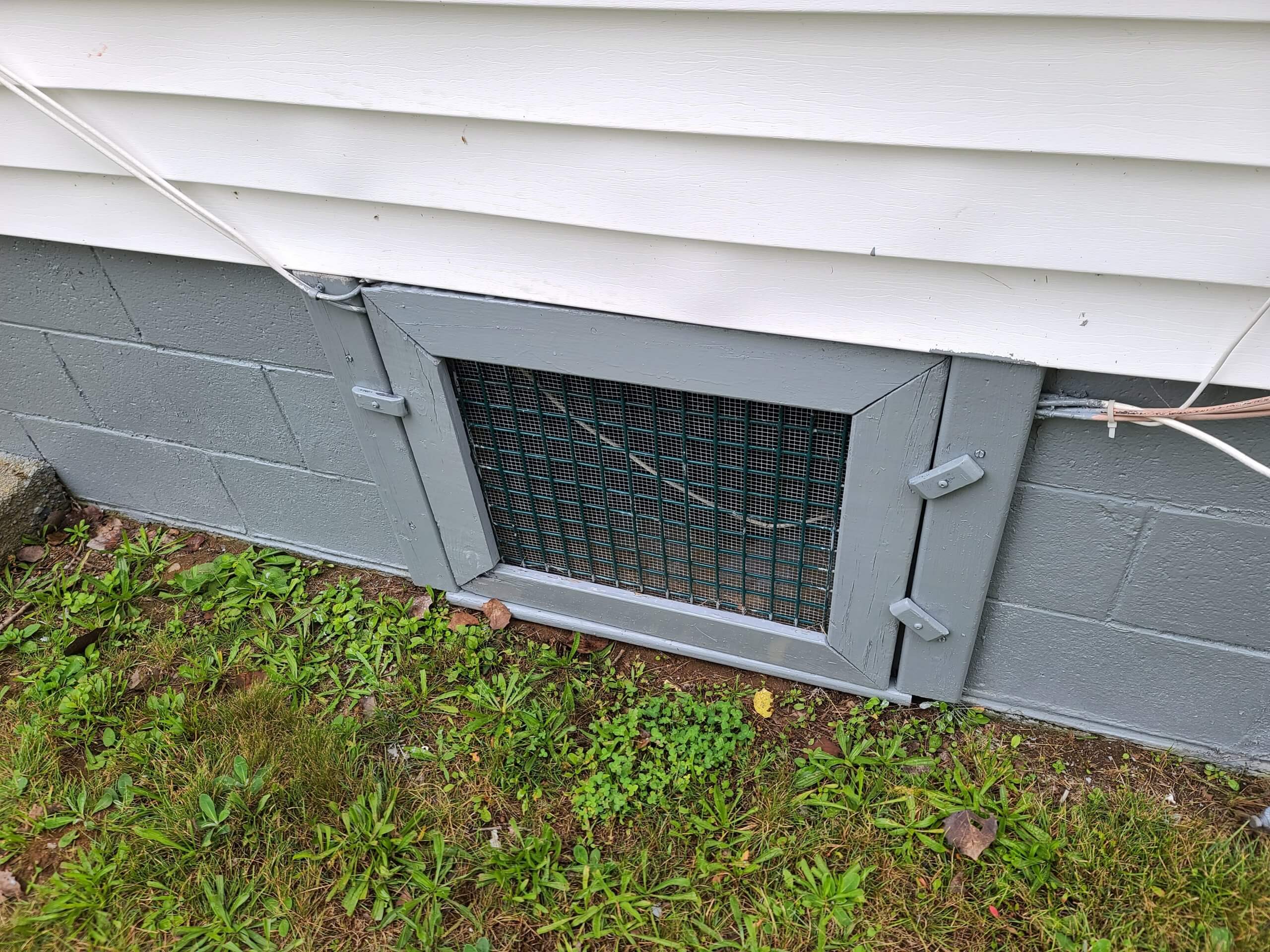Did you know that January is National Radon Action Month? Organized by the Environmental Protection Agency (EPA), the purpose of National Radon Action Month is to increase awareness, promote testing and advance the use of new radon-resistant construction practices. It’s the ideal time to enact mitigation strategies and IAQ solutions to prevent radon exposure in your home.
During this month, the CDC will also sponsor its second Radon Awareness Week. The purpose of Radon Awareness Week is similar to that of National Radon Action Month. The CDC also aims to provide the public with data on local radon levels and explain why smoking and radon are a dangerous combination.

What Is Radon?
Radon is a naturally occurring colorless, odorless and tasteless gas—making it particularly difficult to discover. Radon comes from radium, a result of the breakdown of uranium in soil or rocks. Decaying radon releases radioactive byproducts that cause lung cancer, including polonium, lead and bismuth. In fact, radon is the second leading cause of lung cancer in the country. Each year, approximately 21,000 people die due to radon exposure.
Where Is Radon Most Commonly Found?
Homeowners in the U.S. should be particularly vigilant as approximately 1 in 15 homes has elevated radon levels. Radon is most commonly found in basements, cellars and crawl spaces, all of which are close to the ground. Radon enters the home through cracks in floors and walls or other small openings. Some building materials such as concrete and granite emit radon. Radon may also be found in a home’s water supply, but it is less likely. However, due to the fact that all buildings are built on the ground, radon can be found anywhere.
How To Know if You Have Radon in Your House
The only way to figure out whether or not your home has elevated radon levels is to test for the gas. In order to test the air, purchase a DIY test kit, digital detector or hire a certified radon testing professional.
There are two types of DIY test kits, short-term and long-term. Short-term tests take three to seven days and long-term tests take at least three months. While three months may sound like a long time, long-term tests are typically more accurate. Digital detectors provide short-term readings and help establish a long-term average. In order to hire a certified radon testing professional, contact your state radon program.
Once you receive results, you’ll probably want to know what they mean. Radon is measured in picocuries per liter (pCi/L). If the radon level is between 2 pCi/L and 4 pCi/L, the EPA recommends that homeowners consider taking action. If the radon level is 4 pCi/L or more, the EPA recommends that homeowners take action. For reference, the average level of radon in American homes is approximately 1.3 pCi/L.
Radon as an Air Quality Concern
While radon is both an indoor and outdoor pollutant, let’s focus on indoor air quality and its effects. As aforementioned, radon is most commonly found in basements, cellars and crawl spaces as they are close to the ground. Due to the enclosed nature of these spaces, radon easily becomes trapped in the space. Then, when the heater or air conditioner is on, the return and supply vents further circulate radon throughout the home. In an instant, your indoor air quality is compromised as well as the health of all occupants in the home.
The symptoms of radon exposure do not appear immediately. Rather, an individual exposed to radon may experience a cough, shortness of breath, wheezing and/or chest pain years later. Unfortunately, there are no medical tests that indicate exposure to radon. Thus, these symptoms and a lung cancer diagnosis are the only indicators that an individual may have been exposed to radon. Furthermore, there are no medical treatments that remove radon from the body.
Radon Begone!
As a homeowner, it’s extremely important to be vigilant about radon. Radon’s impact on human health is irreversible and lethal. It is particularly dangerous as it is not easily discovered and there is no medical treatment for those who are exposed. Use National Radon Action Month as a launching point for radon awareness in your home. Grab a test kit and get to work ensuring the health and safety of your family. And, for those looking to actively intervene with IAQ system upgrades, check out our solution pages to learn more about what’s available.



